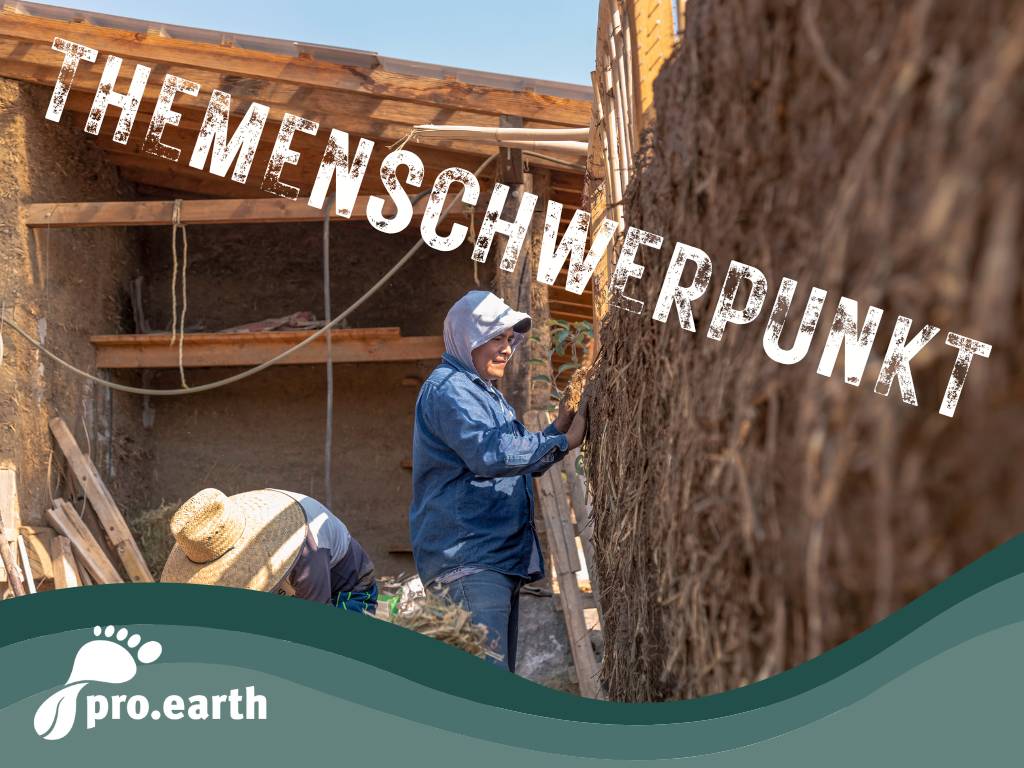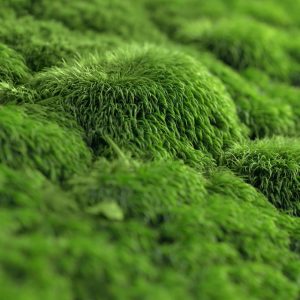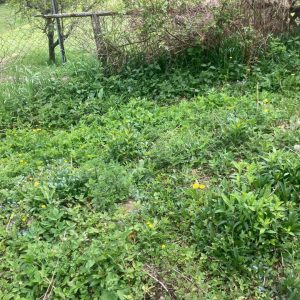Sustainable building: Building materials

"The construction industry is largely responsible for global greenhouse gas emissions. The production of cement alone is currently responsible for around 8% of global greenhouse gas emissions and 3.2% of AustrianCO2 emissions," according to a study on the recyclability of our building materials. This time, we want to take a closer look at building materials in our focus topic "Sustainable building". These include solid building materials, natural paints and plasters, dry construction materials, insulation materials, floor coverings and roof and façade materials. Ecological building materials, which were the only building materials available for thousands of years, have been in the shadows for many decades and are only slowly making a comeback.
Ecological solid building materials
"Environmental Product Declarations (EPDs) have been developed to provide information on the sustainability and environmental impact of building materials. These contain life cycle assessment-based indicators that describe the impact of individual products or building materials, for example with regard to the greenhouse effect or the consumption of gray energy (primary energy content PEI). Resource efficiency also plays a major role in the product declarations (in accordance with ISO/TR 14025): this relates to the use of product forms close to the raw materials and locally available materials, the resulting shorter transport routes and thus lower pollution," writes baunetzwissen.de.
The following building materials are considered ecological (not exhaustive):
- Sand-lime brick - has a very high bulk density
- Clay - there are innovative systems such as clay building blocks and clay building boards as well as clay plasters and much more
- Hemp - there are hemp blocks (consisting of hemp and lime), hemp plaster and hempcrete
- Wood - versatile, but it is important to pay attention to where the wood comes from.
- Straw - is also a certified building material; there are, for example, straw bales and straw boards for insulation
Insulation materials
Thermal insulation is an essential part of any building project. The following insulation materials are considered sustainable:
- Expanded clay
- Hemp
- Flax
- Seaweed
- Wood fiber insulation boards
- Jute
- Coconut fiber
- Cork
- Reeds and Napier grass
- Meadow grass
- Cellulose fibers
Detailed information can be found on the website oekologisch-bauen.de.
Natural paints and plasters
There is already a wide range of sustainable paints based on sustainable raw materials. They also have a good effect on the indoor climate. These include lime paints, silicate and casein paints, clay paints and plasters, linseed oil and hard oil, lime and lime plaster and much more.
Roof and facade
This is also very much about the issue of green roofs. We recently read a call for all newly built flat roofs to be required by law to be greened. An interesting approach. Green roofs have many advantages, but must be planned and implemented professionally, as statics and safety are key aspects. There is a lot of information on the subject on grünstattgrau.
We wanted to give an initial overview, which is far from complete, and also provide keywords to help you delve deeper into the subject matter.
Further links:






